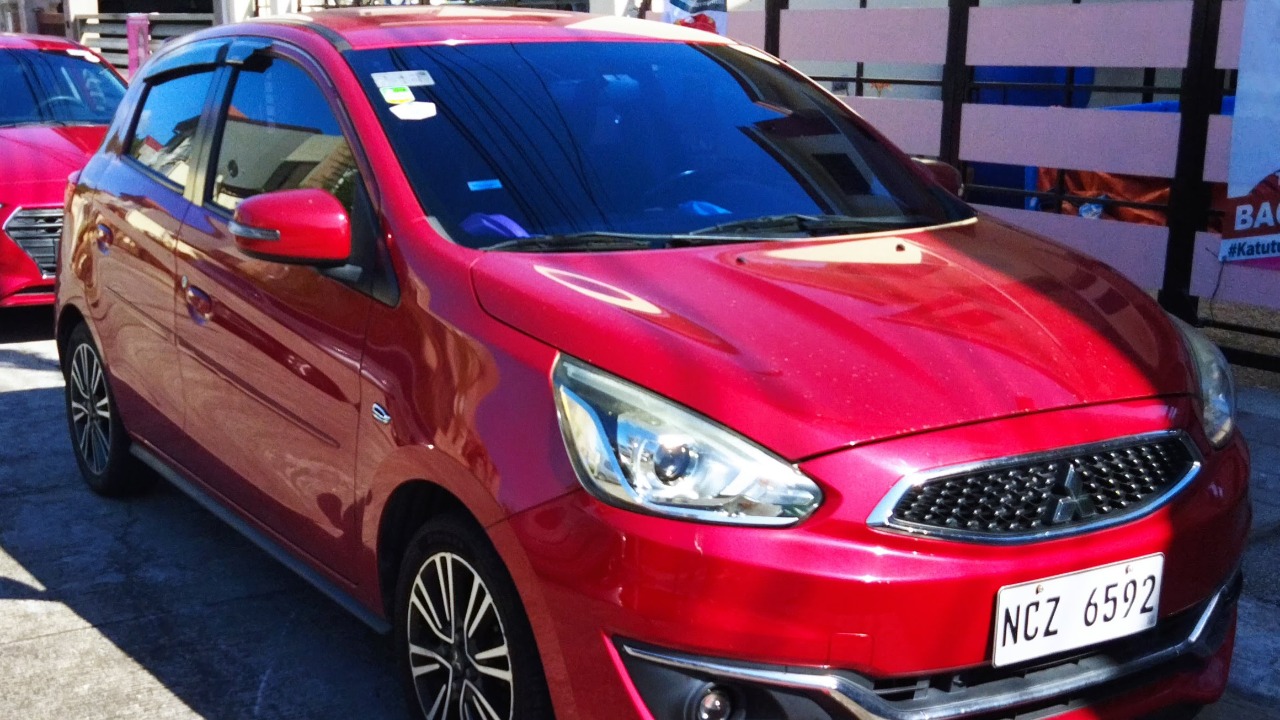
Mitsubishi is reportedly planning to phase out the Mirage from its U.S. lineup by mid-decade, leaving a void in its affordable subcompact segment. The automaker is considering filling this gap with a more cost-effective version of the Outlander Sport, which currently starts at around $25,000. This potential replacement is part of Mitsubishi’s strategy to streamline its offerings in response to the declining sales of the Mirage, a budget-friendly but increasingly obsolete model. The new, cheaper Outlander Sport could hit the market as early as the 2026 model year, ensuring Mitsubishi’s continued presence in the value-oriented crossover segment.
Background on the Mirage’s Decline
The Mitsubishi Mirage has been grappling with low sales volumes in the U.S., prompting the company to consider discontinuing it by mid-decade. This move is part of a larger strategy to concentrate on SUVs and crossovers, which are increasingly popular among consumers. Reports from August 2023 confirmed Mitsubishi’s decision to drop the Mirage entirely from the American market due to its inability to compete in an SUV-dominated landscape. The discontinuation of the Mirage represents a significant shift for Mitsubishi, as the subcompact hatchback was its most affordable offering, with prices starting under $17,000.
Reasons for Discontinuing the Mirage
Mitsubishi’s decision to discontinue the Mirage in the U.S. is largely due to poor consumer demand and an outdated platform technology that no longer meets evolving safety and efficiency standards. The decision, first reported in mid-August 2023, underscores the Mirage’s role as a low-margin product that failed to attract younger buyers despite its fuel-efficient design. Broader industry trends toward electrification and larger vehicles have made the Mirage’s subcompact footprint less viable, forcing Mitsubishi to reallocate resources.
Introduction of the Cheaper Outlander Sport
Mitsubishi is reportedly developing a front-wheel-drive variant of the Outlander Sport aimed at undercutting the current model’s pricing to serve as a direct Mirage successor. This new Outlander Sport could feature a reduced starting price compared to the existing all-wheel-drive version, potentially dipping below $25,000 to appeal to budget-conscious shoppers. Recent reporting from October 2025 suggests the cheaper model will retain core crossover attributes while simplifying the drivetrain for cost savings.
Potential Features and Specifications
The front-wheel-drive Outlander Sport is expected to use the same 1.5-liter turbocharged engine as higher trims but without all-wheel-drive hardware to achieve the price cut. Interior and tech updates from the current Outlander Sport lineup, such as an 8-inch touchscreen and Apple CarPlay, would likely carry over to keep the vehicle competitive in the sub-$25,000 segment. Mitsubishi aims to position this variant as a more modern alternative to the Mirage, with improved ride quality and safety features like automatic emergency braking.
Market Impact of the Replacement Strategy
Replacing the Mirage with a cheaper Outlander Sport could help Mitsubishi regain footing in the entry-level market, where subcompact sales have dropped amid rising SUV preferences. The shift underscores the big deal of axing the Mirage, as it removes Mitsubishi’s only non-SUV option under $20,000 and tests the brand’s ability to attract first-time buyers. In the U.S., this move aligns with competitors like Nissan and Hyundai, who have similarly pivoted away from traditional sedans and hatchbacks toward affordable crossovers.
Future Outlook for Mitsubishi’s U.S. Lineup
By mid-decade, Mitsubishi’s U.S. portfolio will likely emphasize electrified SUVs, with the cheaper Outlander Sport bridging the gap until full EV transitions. The 2026 model year introduction of the price-cut Outlander Sport could boost overall sales volume, countering the Mirage’s exit and supporting Mitsubishi’s growth targets. Long-term, this strategy positions Mitsubishi to compete more aggressively in the compact crossover segment without diluting its focus on premium features in higher-end models.
More from MorningOverview